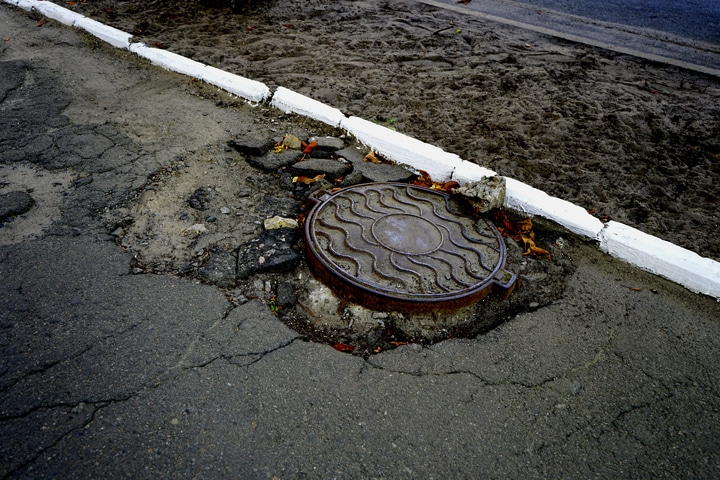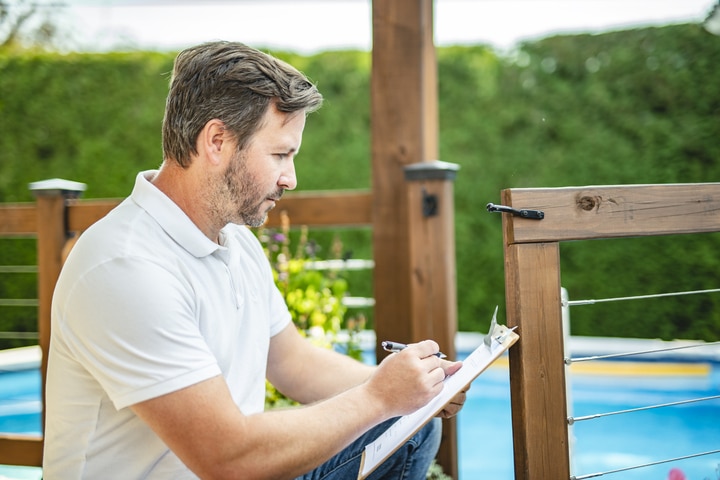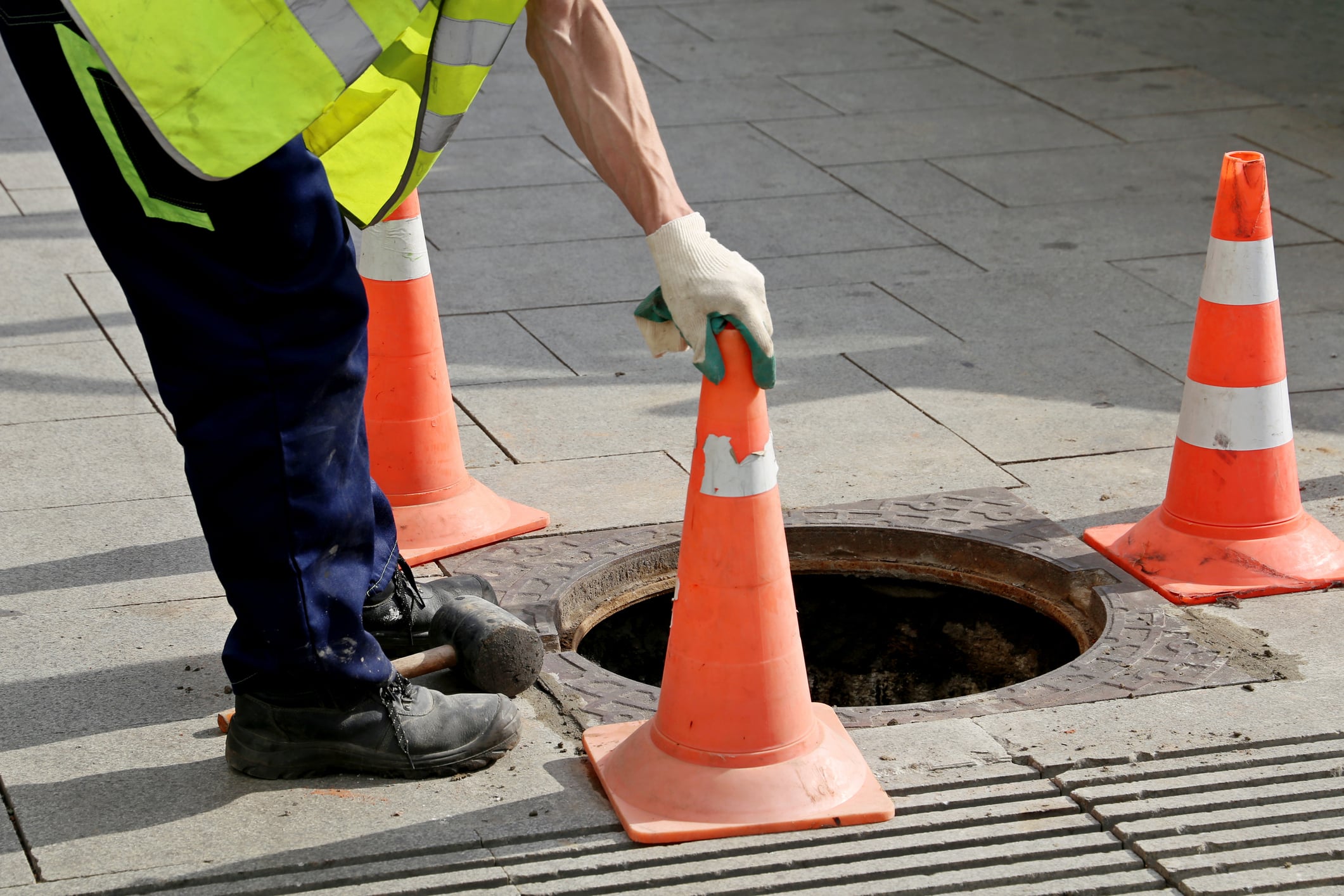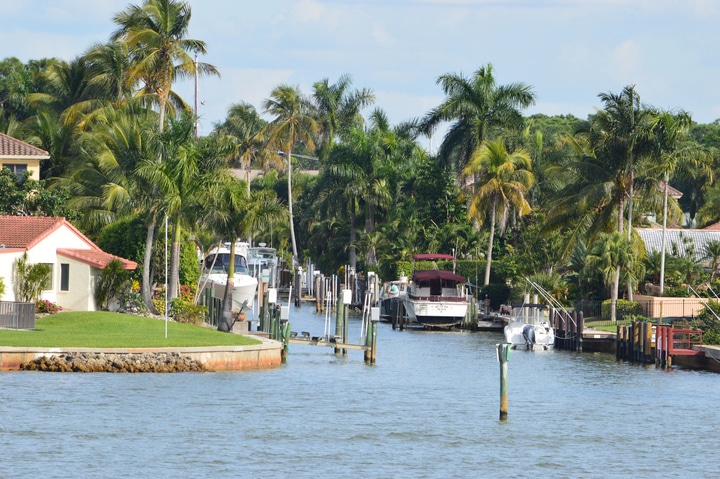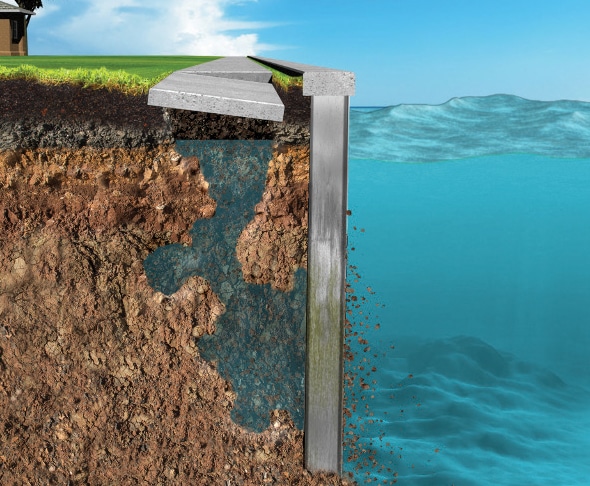After weeks of unusually dry weather, it may be hard to imagine—but Florida’s rainy season is just around the corner. While drought conditions have dominated the early part of spring, a shift is coming. When the rain does return, it often arrives fast and heavy, overwhelming drainage systems and testing the strength of waterfront structures that have gone unchecked during the dry spell.
For property owners with seawalls, this transition from drought to deluge can be especially risky. Prolonged dryness can cause soil to contract and expose weak spots in your seawall. When the rains begin, water rushes into these areas, compounding damage that could have been prevented with early action. Now is the time to assess your seawall and get ahead of potential issues before wet weather makes them worse.
Why Rainy Season Puts Pressure on Seawalls
Florida’s rainy season brings more than just afternoon showers. It delivers weeks of high water tables, flash flooding, and relentless runoff—all of which increase hydrostatic pressure behind seawalls. Even a small crack can grow quickly when combined with waterlogged soil and poor drainage.
If your seawall was already vulnerable from age, prior storm damage, or neglected maintenance, the sudden return of heavy rain could lead to structural failure, property erosion, or costly flooding.
Start with a Thorough Inspection
Preparing now means starting with a full seawall inspection. Look for visible cracks, sinking areas, soil gaps behind the wall, or any signs of water seeping through. What may look like minor issues during a dry spell can become major liabilities during the rainy season.
All State Civil Construction offers professional inspections that identify both surface-level concerns and hidden vulnerabilities. Our experienced team evaluates the condition of your seawall, checks drainage functionality, and recommends the right solution—whether that’s minor repairs or a full rehab.
Don’t Overlook Drainage and Soil Stability
Dry weather can lead to compacted or shifting soil, which becomes unstable once saturated with rain. Poor soil support puts pressure on your seawall and increases the chance of collapse. Equally important is your property’s drainage system. If water cannot escape properly, it builds pressure behind the wall, leading to damage.
Our repair process often includes AV-275 Soilgrout, a proven urethane resin that fills voids and restores soil strength behind your seawall—helping prevent erosion and protect your investment.
Plan Repairs and Maintenance Now
Waiting until the rain starts can lead to delays in scheduling and increased repair costs. Now is the time to take preventative measures like sealing cracks, clearing weep holes, and reinforcing any weak points. If a full replacement is needed, spring is one of the best times to complete construction before hurricane season arrives.
Your Local Seawall Experts
At All State Civil Construction, we specialize in repairing and reinforcing seawalls for Florida’s unique coastal conditions. Whether your property is showing signs of erosion or you simply want peace of mind before the storms hit, our team is ready to help.
Take Action: Prepare Your Waterfront Property for Spring Rain
Don’t let drought conditions fool you—Florida’s rainy season is on the way. Protect your property now by working with the seawall experts at All State Civil Construction. From inspections to full restorations, we provide reliable, long-term solutions designed for waterfront durability.
Call us today at (386) 465-2187 to schedule your inspection and get ahead of the weather before the first storm rolls in.


